Hi Everyone,
I have a reinforced concrete tower that requires locally a cantilever mezzanine in one of the floors.
We had to propose the mezzanine to be in steel for its light weight and additional strength.
To get rid of the complicated connection of anchors to concrete columns we are proposing to have locally embeded steel sections into the concrete columns so we can connect steel to steel for the mezzanine beams structure.
Does anyone have any guidance/reference on how to calculate the embedment depth for the steel section and studs inside the concrete to safely transfer the expected moments?
Any other alternatives are welcome.

I have a reinforced concrete tower that requires locally a cantilever mezzanine in one of the floors.
We had to propose the mezzanine to be in steel for its light weight and additional strength.
To get rid of the complicated connection of anchors to concrete columns we are proposing to have locally embeded steel sections into the concrete columns so we can connect steel to steel for the mezzanine beams structure.
Does anyone have any guidance/reference on how to calculate the embedment depth for the steel section and studs inside the concrete to safely transfer the expected moments?
Any other alternatives are welcome.


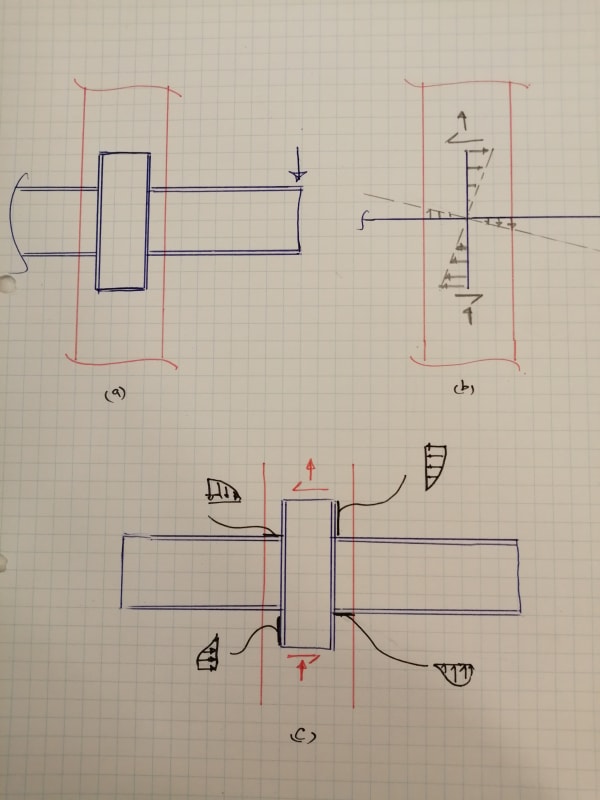
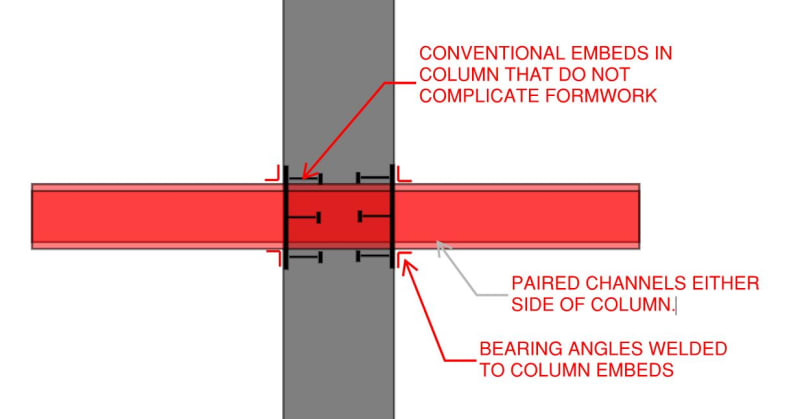
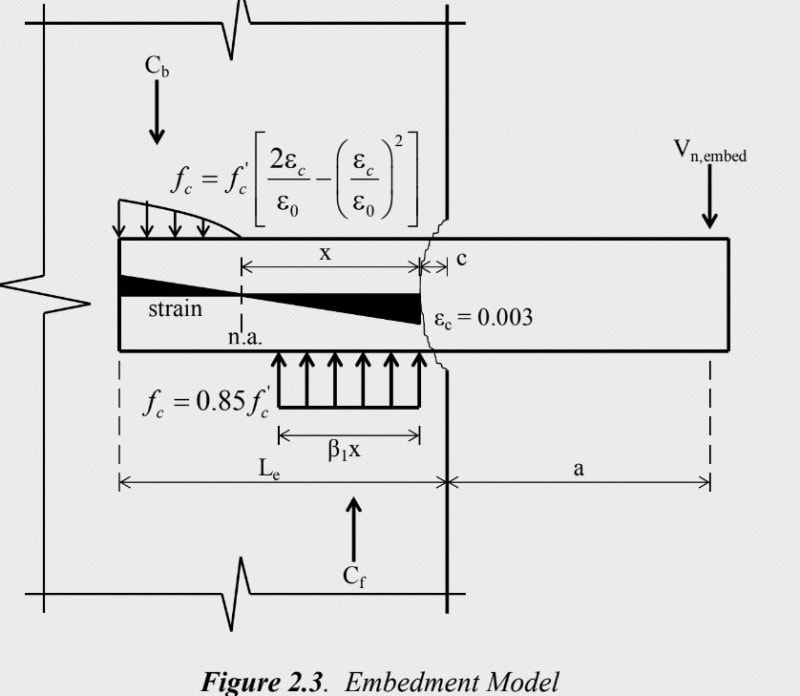
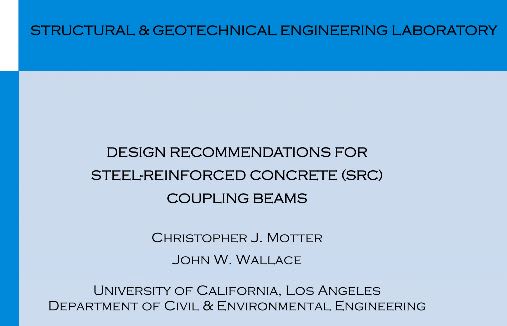
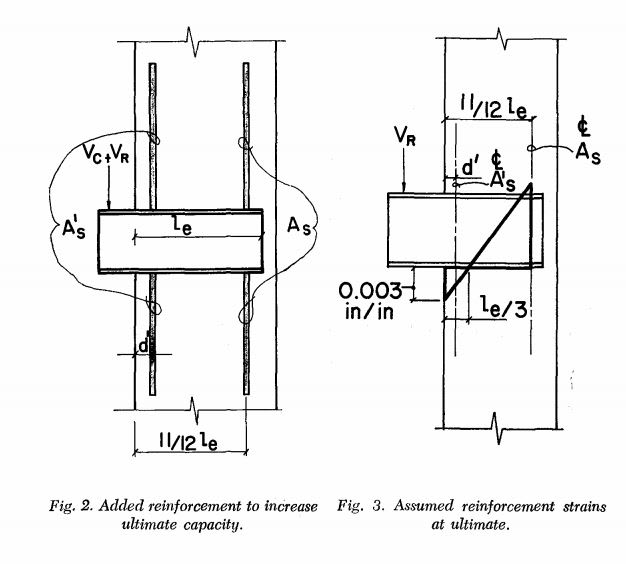
![[pipe] [pipe] [pipe]](/data/assets/smilies/pipe.gif)